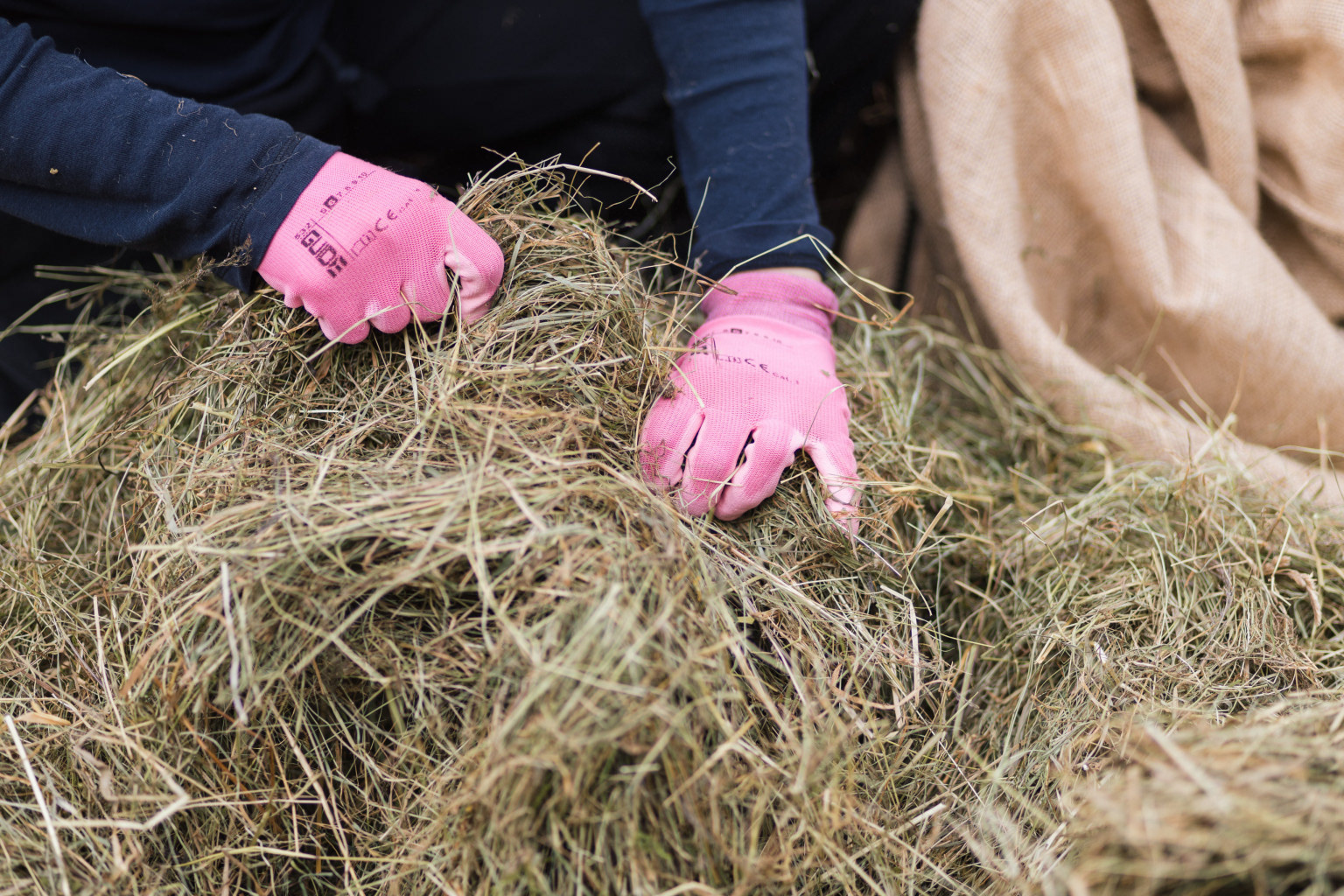
Photo: Patrick Schneider - schneiderpatrick.com
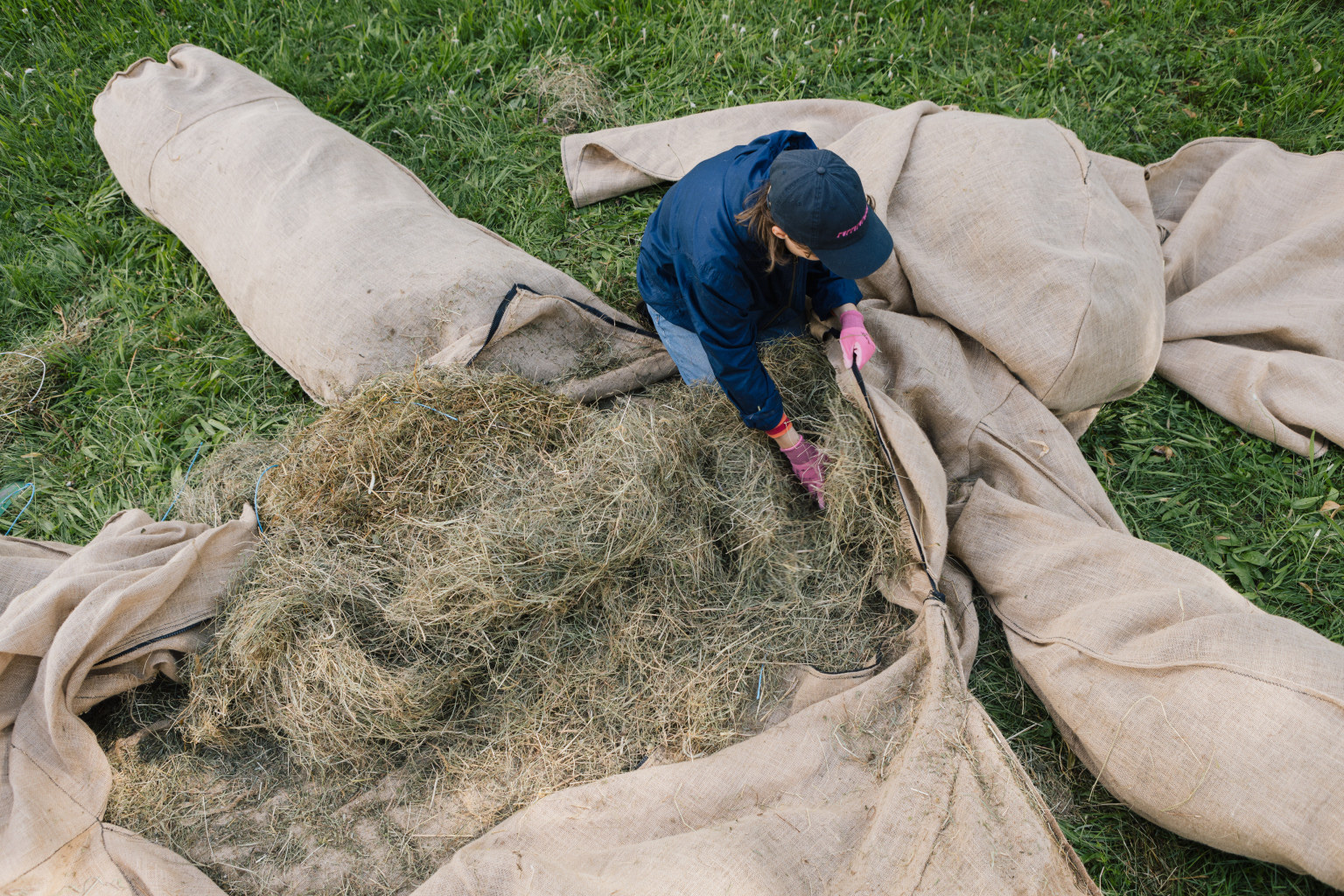
Photo: Patrick Schneider - schneiderpatrick.com
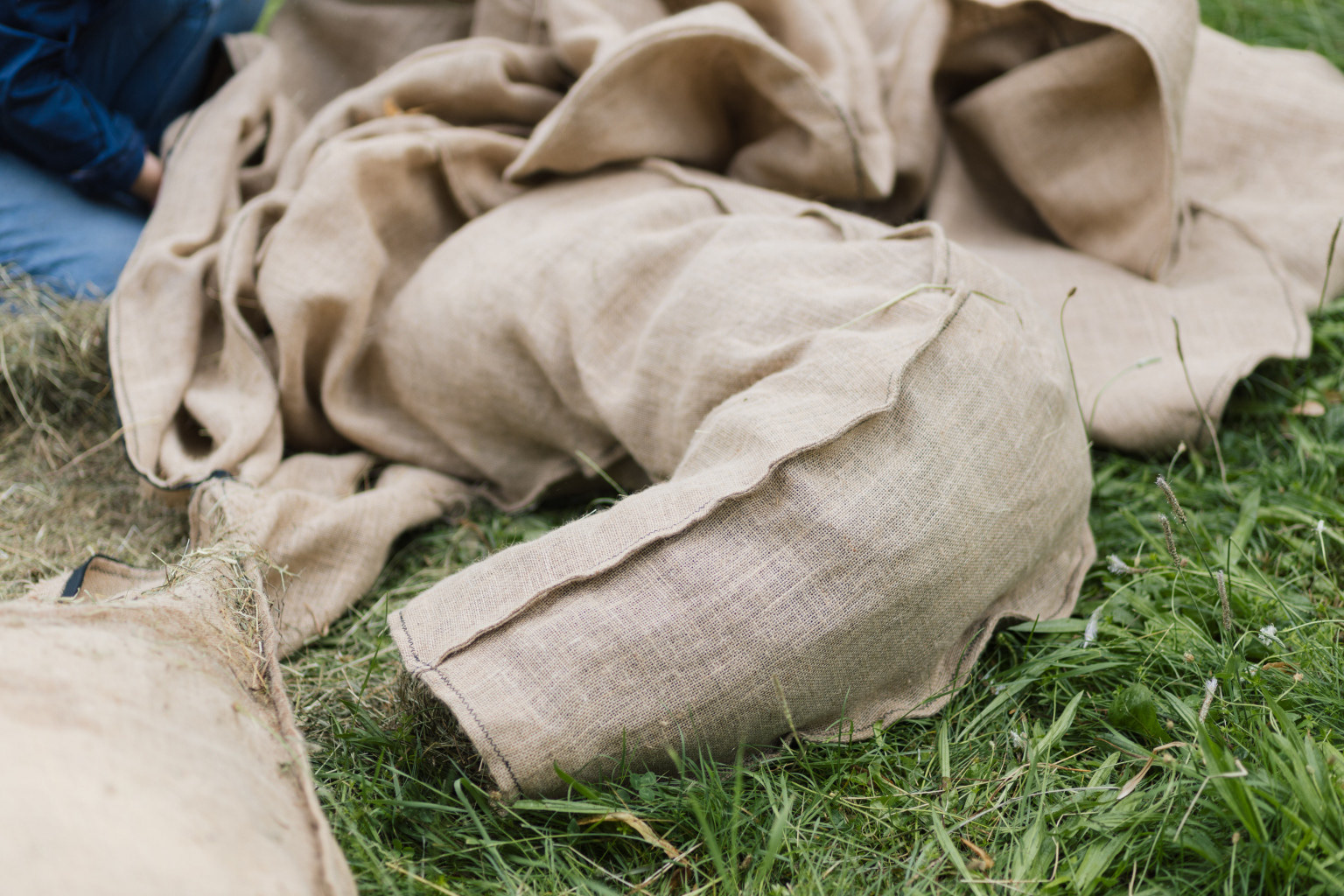
Photo: Patrick Schneider - schneiderpatrick.com
Between 1871 and 1906, Nill’s Zoo, located between Azenbergstraße, Wiederholdstraße, and Seestraße, was a popular and joyful attraction for Stuttgart. The Völkerwiese, which occupied a prominent place in the zoo, offered an open space and a business model for performances and travelling ethnological shows. The project bei Nills aims to highlight the history and the stories around Nill’s Zoo and its role as a microcosm of imperialist ideology. The sculptural installation marks the zoo entrance and expresses the paradoxical relationship between the city and the zoo's animals, exemplified by the killing of the elephant Peter in Nills Tiergarten in 1893.
A two-part event consisting of a playful, performative segment, where participants explore the area in different time frames through a game developed by Yara Richter, and a second, informative segment, where participants take a guided tour with the team from Lernort Geschichte (Jugendhaus Stuttgart) to learn about Stuttgart’s colonial past and reflect upon it.
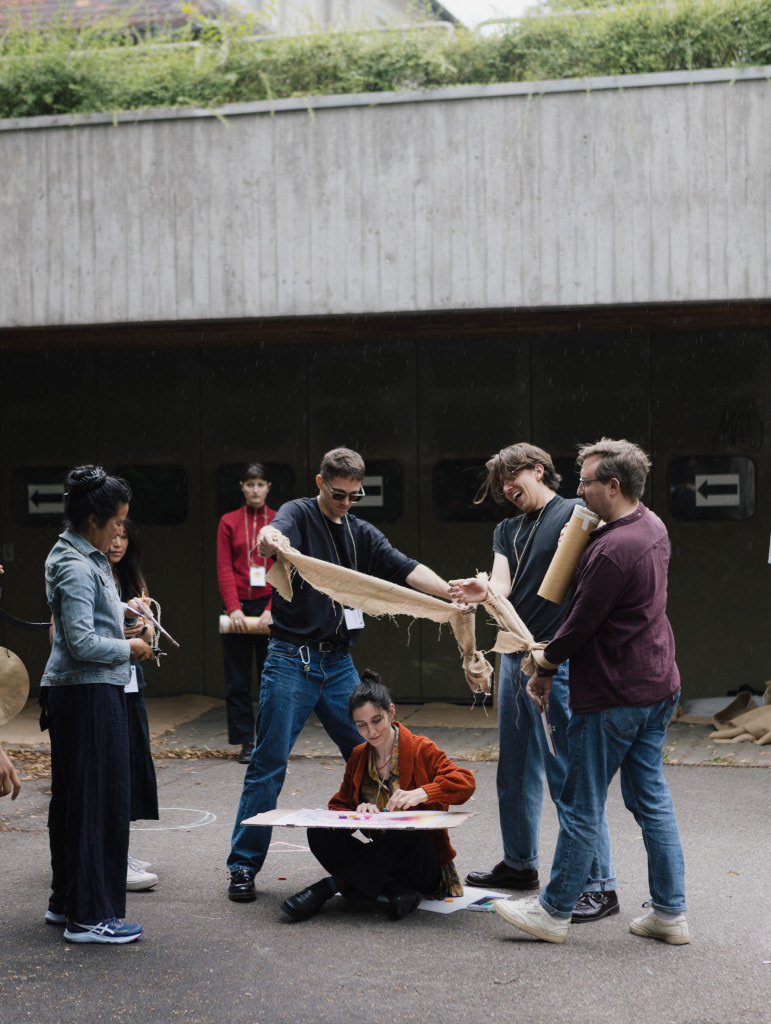
Photo: Patrick Schneider - schneiderpatrick.com
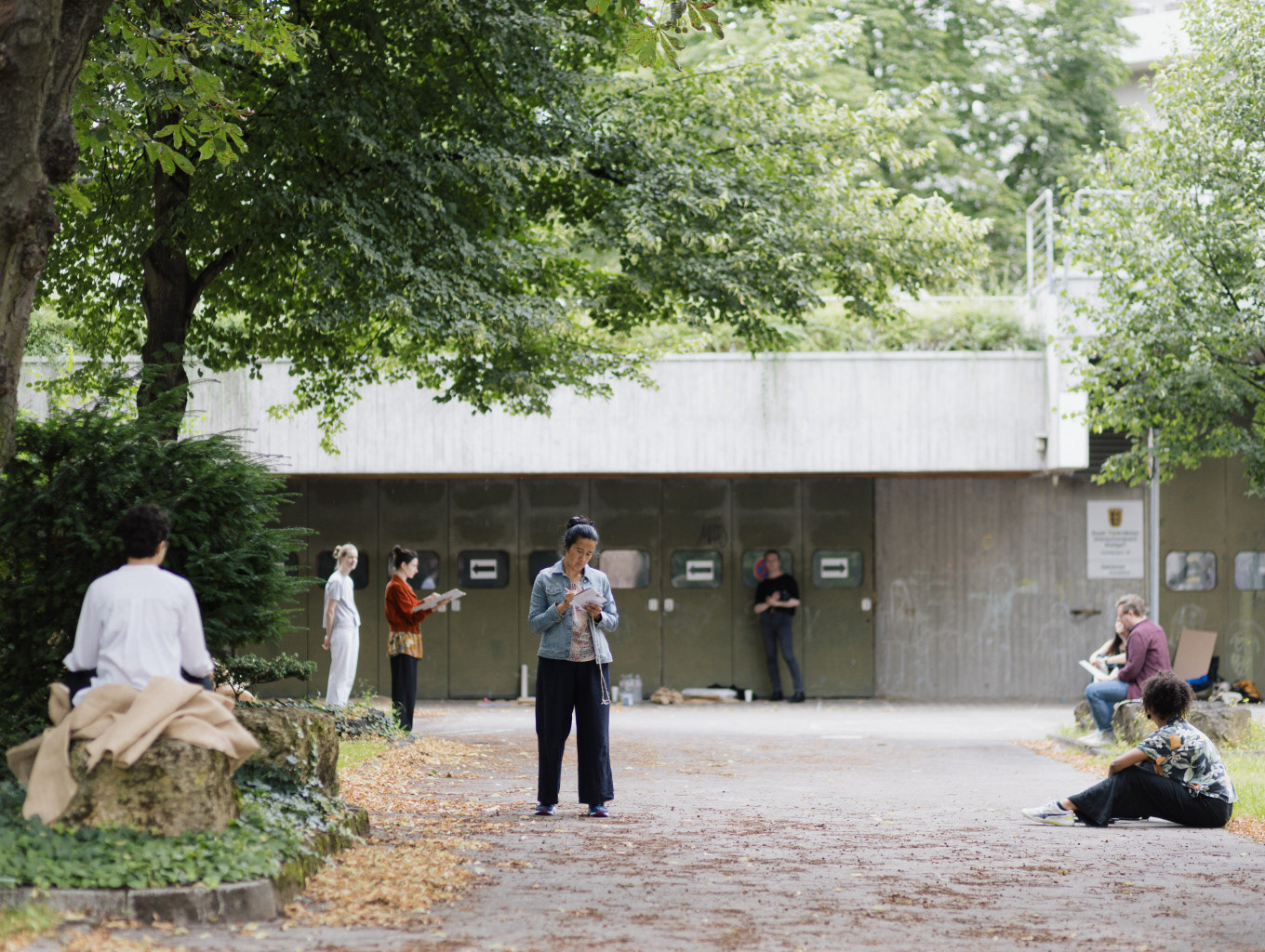
Photo: Patrick Schneider - schneiderpatrick.com
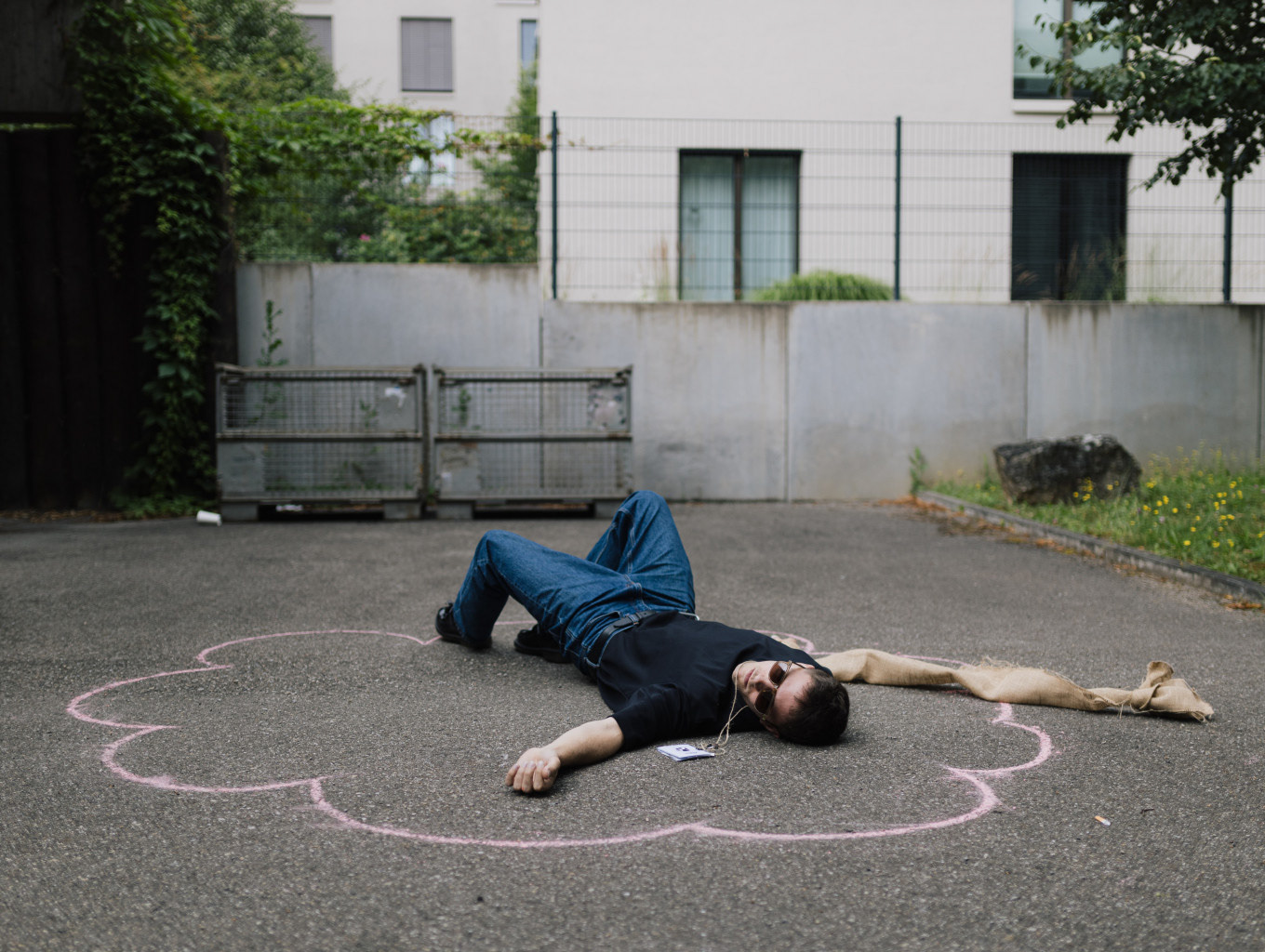
Photo: Patrick Schneider - schneiderpatrick.com
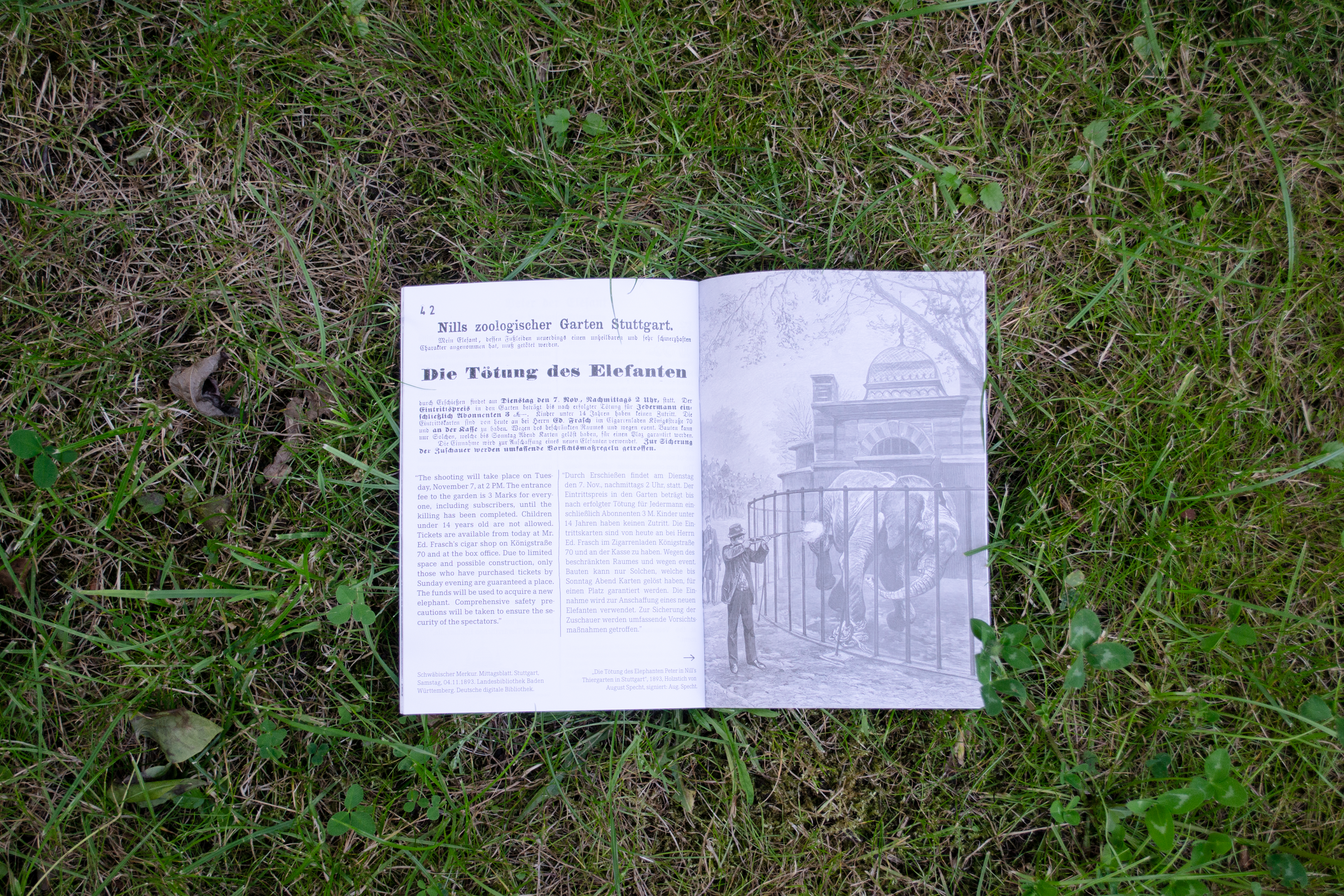
Booklet design: Maya Warthon and Lídia Chaves
Concept, installation, research and text: Lídia Chaves / Performance-game: Yara Richter / Walks: Lernort Geschichte - eine Eirichtung des Stuttgarter Jugendhaus / Production: Lídia Chaves, Clara Gaenslen / Graphic Design: Lídia Chaves and Maya Warthon / With the support of Sandra Oehy, Pia Preu, Riva Vidal, Maya Warthon, Lotta Bühler, Clara Gaenslen, Felix Hardwig, Marvin Unger, Ceren Okumus, Patrick Schneider, Louis-Baptiste Bertrand
Funded and supported by: Kulturamt Stuttgart, Koordinierungs- stelle für Erinnerungskultur and KiöR - Kunst im öffentlichen Raum - stuttgar.de/kioer
This project was realised as part of the open call Hidden Places - Kulturamt Stuttgart